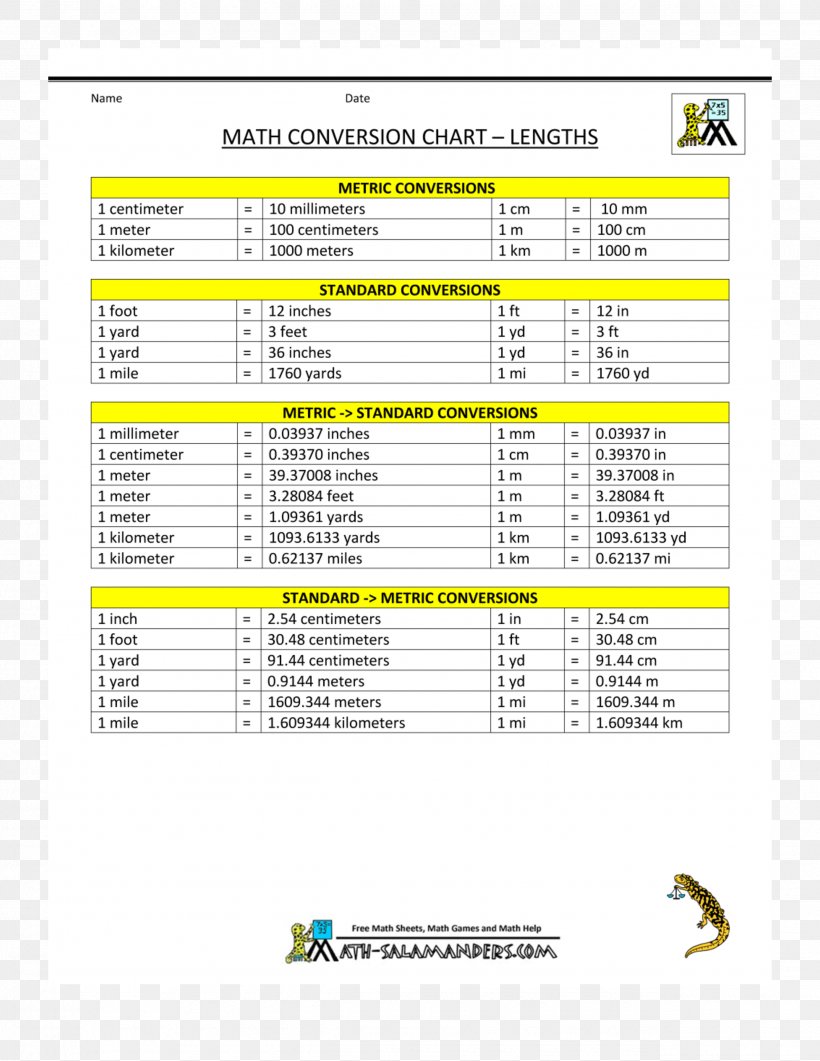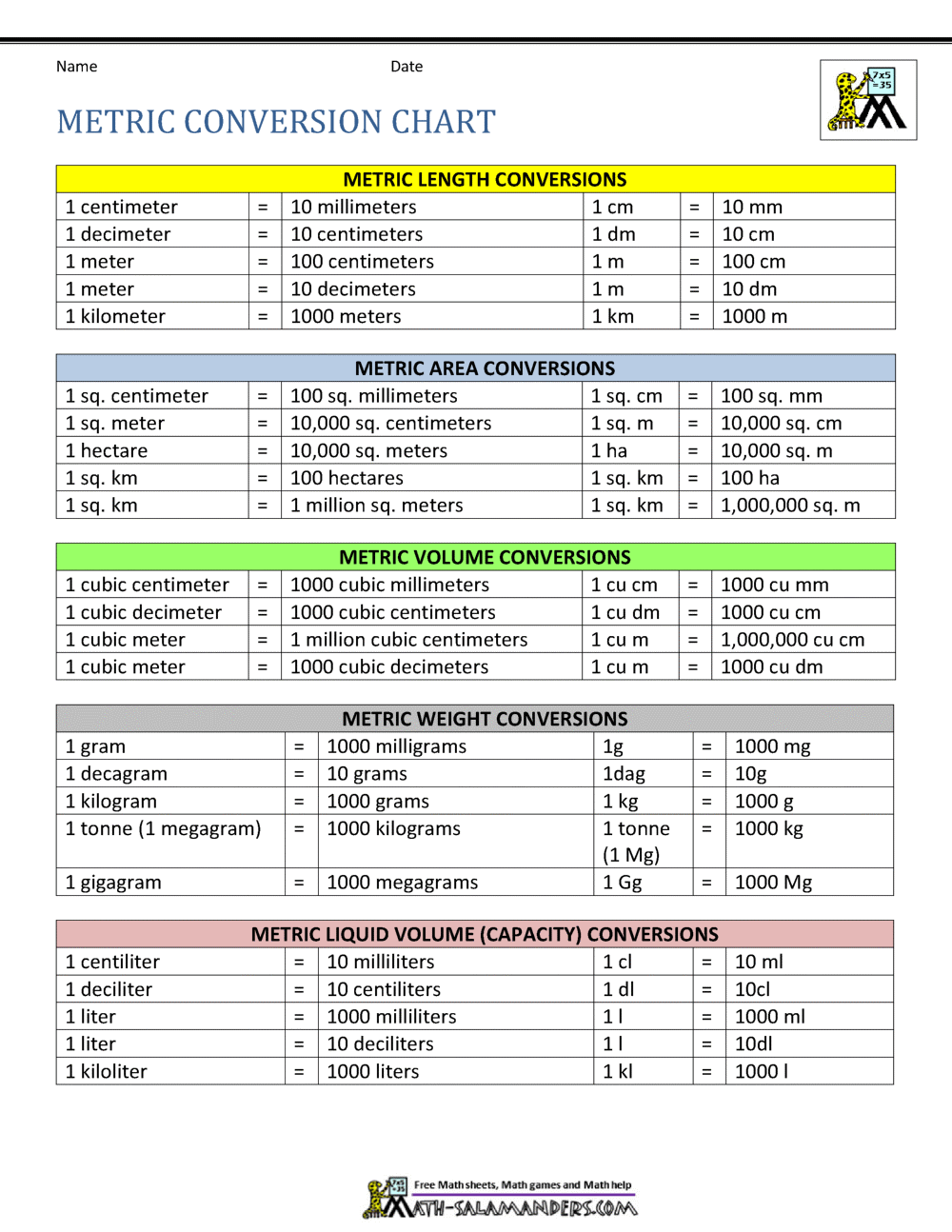The Curious Case of US Conversion to Metric
Imagine trying to bake a cake with a recipe that calls for a "pinch" of salt and a "dollop" of butter. Frustrating, right? Now, imagine that same lack of clarity permeating measurements used in everyday life. That's the reality for many Americans grappling with the customary system while the rest of the world uses the metric system.
It's a peculiar resistance, this clinging to feet and Fahrenheit. The United States remains one of the few countries globally that haven't fully embraced the metric system, a system lauded for its simplicity and elegance. The reasons are complex, woven into the fabric of history, economics, and perhaps even a touch of national identity.
The push for a standardized system in the US arose as early as the 1800s. Scientists, ever the proponents of logical frameworks, recognized the advantages of a system built on tens. The metric system, with its base-ten structure, offered ease of conversion and calculation, unlike the cumbersome conversions between inches, feet, and miles that characterize the customary system.
Despite various attempts to implement the metric system, progress has been frustratingly slow. Industries, particularly those with significant investments in equipment calibrated to customary units, have resisted the change, citing costs and logistical nightmares. The fear of disrupting established practices, the perceived inconvenience of learning a new system, and even a sense of national pride associated with the traditional system have all contributed to the inertia.
But the world is becoming increasingly interconnected. Global trade, scientific collaboration, and even everyday communication are hampered by this measurement divide. Imagine the confusion when an American engineer collaborates on an international project, constantly needing to convert measurements back and forth. Or picture the potential for error in medical dosages when units of measurement differ.
The benefits of aligning with the global standard are numerous. Beyond the obvious advantages in international trade and communication, a universal system simplifies education, reduces the potential for errors, and fosters a more interconnected world.
So, where do we go from here? The path forward requires a multifaceted approach. Educational initiatives can demystify the metric system and highlight its practicality. Government incentives can encourage industries to adopt metric standards. And perhaps most importantly, a shift in public perception can pave the way for a smoother transition.
The transition might seem daunting, but history is replete with examples of successful adaptations. Consider the switch from the Roman numeral system to the Arabic numeral system we use today. While seemingly radical at the time, the change ushered in an era of mathematical advancement and ease of calculation.
The move towards a fully metricated United States won't happen overnight. It requires a collective effort—a willingness to embrace change, prioritize long-term benefits over short-term inconvenience, and recognize that aligning with global standards ultimately benefits everyone. It's a shift worth striving for, a step towards clarity, efficiency, and a world where measurements speak a common language.
Protecting those who protect us understanding point blank body armor suppliers
Cool discord pfps for guys level up your digital persona
Unlocking the paris 2024 olympics your guide to ticket costs

Metric Conversion Practice Worksheets | Innovate Stamford Now

us conversion to metric | Innovate Stamford Now

Metric Conversion To English | Innovate Stamford Now

Printable Metric Conversion Charts And Tables | Innovate Stamford Now

Metric Unit Conversion Chart Chemistry in Illustrator, PDF | Innovate Stamford Now

Customary To Metric Units | Innovate Stamford Now

5th Grade Math Charts | Innovate Stamford Now

Conversion Sheet For Math | Innovate Stamford Now

Measurements Chart For Math | Innovate Stamford Now

Fast Math Conversion Sheet | Innovate Stamford Now

Printable Socket Size Chart | Innovate Stamford Now

Printable Metric To Standard Conversion Chart | Innovate Stamford Now

Metric Conversion To English | Innovate Stamford Now

Metric Units Of Volume Chart | Innovate Stamford Now

Metric And Us Conversion Chart | Innovate Stamford Now